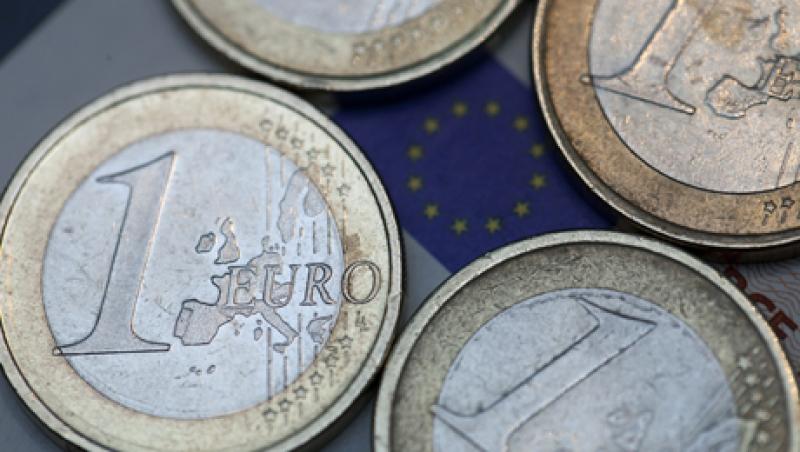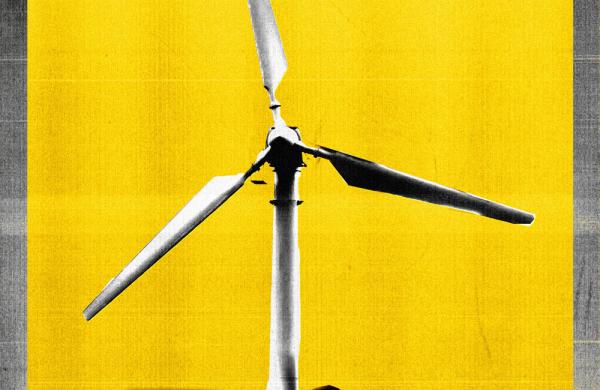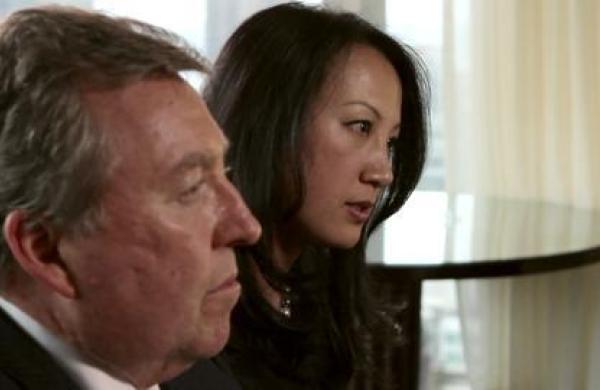Coping with the low yields common in the first decade of the 21st century was tough enough for institutional investors. But the search for safe havens in the wake of the credit crunch has elevated this problem to a new level by creating negative real-term yields. In Europe, the coming weeks are likely to take us further into the bizarre world of stage three: the intellectual complexities of negative absolute yields for some government bonds. What is driving this topsy-turviness, and is it sustainable?
The biggest underlying cause is probably currency risk, but even this familiar facet of investment performance has taken on a form scarcely imagined before. Negative yields are being driven partly by the age-old problem of currency appreciation, and partly by a brand new risk: currency extinction.
The risk of currency appreciation explains why nominal yields on two-year government bonds have fallen to minus 0.44 percent in Switzerland. Although the Swiss National Bank has set a SFr1.20 cap against the euro, the sharp inflow of money into Swiss francs whenever the euro crisis worsens suggests the central bank will find it hard to maintain this if crisis turns into catastrophe. The negative yield on Swiss two-years of under 0.5 percent can therefore be seen as a relatively cheap call option on Swissie appreciation.
The risk of currency extinction accounts for German two-year Bunds’ close at minus 0.03 percent at the end of last week, and for last week’s dipping in and out of negativity by Finnish and Dutch bonds of similar maturity. Euro zone pension funds and banks are anxious to keep their assets in the same currency as their liabilities — which forces them to stay within the monetary union. Many are still anxious, however, to prepare for the partial or total extinction of the European currency by choosing bonds in countries that are presently in the euro zone, but whose new currencies would be primed to appreciate should the euro empire start to crumble.
Once more, 3 basis points seems a bargain to some investors given predictions that reintroduced Deutschmarks could appreciate by 40 percent against a basket of other European currencies. “If you’re an Italian or Spanish citizen, I would recommend you buy two-year Bunds despite the negative yield,” says Ed Lalanne, senior strategist at Macro Risk Advisors in New York, which specializes in services to hedge funds. They are “correctly priced,” because of the large potential currency appreciation should the Deutsche Mark replace the euro in Germany.
Negative bond yields also reflect the possibility of another epochal event: the arrival of negative nominal central bank rates for cash deposits. Should this phenomenon become widespread, standard economics textbooks, which assume a minimum rate of zero, would have to be rewritten.
In fact, the seemingly outlandish has already happened. In July the Danish central bank cut the rate it offers on certificates of deposit to minus 0.2 percent, in a bid to stop inflows of capital from pushing the Danish crown too high. It was following in the footsteps of Sweden, whose Riksbank reduced its deposit rate to minus 0.25 percent in 2009 — though it has since returned to positive territory. The European Central Bank cut its deposit rate by 25 basis points to zero in July. Mario Draghi, its president, has kept the bank’s options open by refusing to rule in or out, in response to repeated questioning, a move to negative rates. “There is now the potential for G7 monetary policy to enter the previously unbelievable reality of official sub-zero rates,” says Richard Woolnough, fund manager at M&G Investments in London
Those who have argued for negative rates in the euro zone suggest it would boost economic activity by incentivizing banks to lend money rather than putting it in the central bank, where they will incur a penalty for doing so: they would be paying the ECB to take their money rather than the other way round.
The prospect of negative central bank deposit rates provides a further buttress for negative bond yields, by reducing the attractiveness of cash relative to bonds, since a negative interest rate imposes a charge for holding that cash in the central bank.
Woolnough of M&G believes negative central bank rates are technically highly feasible. “A rational investor would of course have the alternative of simply keeping their cash under the mattress and not suffering the negative rate,” he says. However, “the incentive to behave rationally would be limited by the administrative burden and security risk of holding cash.”
John Donohue, Chief Investment Officer, Global Liquidity, at J.P. Morgan Asset Management in New York, says, “It is just not feasible for institutions to put all their assets in physical cash, so I don’t think we will see that.”
It is striking that although cash managers put the annual logistical cost of holding physical cash at only about 20 basis points (bps), the negative yield on Swiss two-years is 24 bps below this. This suggests that the physical cost of cash sets no hard floor to how low deposit rates can go — bonds still hold practical advantages over currency notes, since holding huge amounts of notes is a serious logistical headache, even at deeply negative yields.
However, some investors think G7 central banks will shy away from negative rates in the knowledge that the era of cheap money has led to poor investment decisions, as banks took excessive risk in the search for acceptable returns. The onus to lend caused by negative rates could magnify this risk manifold. Negative bank rates may in any case be impractical because of likely investor and household outrage at a sense of financial repression — that through a negative interest rate, their assets are in effect being gradually seized by the state.
Another possibility is that investors will escape negative short-term yields, whether prompted by negative central bank rates or other factors, by moving up the yield curve to where returns are positive. Donohue of J.P. Morgan Asset Management says: “We observe that institutional cash investors are beginning to look at cash differently. They are separating what they really need as liquid daily operating cash from more strategic cash that can be put farther out on the curve to seek more yield and return.”
There are potential problems, too, with dabbling in negative-yield bonds to speculate in currency extinction. Analysts say the issue of timing must be considered. If the euro zone starts to disintegrate, Bund holders may eventually gain from the reintroduction of the Deutsche Mark, but that could be a long way in the future. Until that happens, Germany could be stuck, just as much as the troubled periphery, with a currency of rapidly depreciating value in the shape of the euro — which means capital deprecation for the bonds too, for investors wishing to take the money outside the euro zone.
Most problematical of all is the assumption that countries with negative short-term bond yields are burdened with no or next to no credit risk — and therefore that there is no need to add a risk premium to the cost of the bonds that would take yields into positive territory. In July Moody’s Investors Service put the triple-A ratings of Germany and the Netherlands under review for possible downgrade. It said that because of the euro zone crisis there was an “increasing likelihood that greater collective support for other euro area sovereigns, most notably Spain and Italy, will be required” — and this “burden” would “fall most heavily” on the higher rated countries.
If Germany and the Netherlands present, after all, significant credit risk, their negative two-year bonds are the most extreme example of the mispricing of risk in sovereign markets: investors are paying for the privilege of holding hazardous assets.






